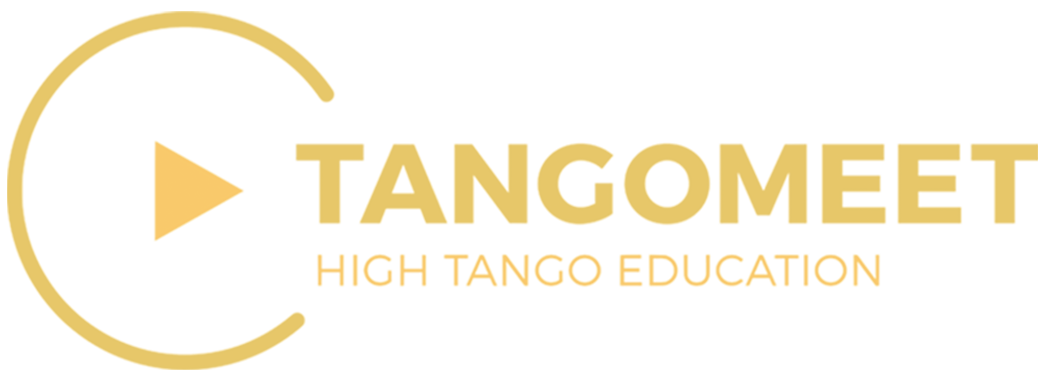Connection and Partnering
Connection and Partnering. There’s more to it than meets the eye: it’s about how it feels rather than how it looks.
Tango is essentially about two people. Yes, there’s a reason for clichés to be clichés: they are true, it does take two to tango. In the previous collection of lessons you learned how to become more aware of your body, more in touch with yourself when dancing. Now it’s time to shift your focus to connecting to your partner. Find out how to move and how to stop with your partner, while your feet are at work too. What if you think of leading not as physically moving your partner’s body, but as inviting and allowing the other to go by themselves, so that with this independence of movement the two of you create a more organic and fluid way of dancing?
The recommended study time for this collection is 4 weeks.
Turns with a Partner - Get your feet moving
You’re on top of it when it comes to individual technique, you’ve practiced your Pivots and your Adornos, but how do you apply them in the dance with a partner? Here’s how.
This lesson is in English.
Elements - Paradas and Sacadas. Stop, in the name of Tango
Sure, you know how to walk, but do you know how to stop? And when? Yes, sometimes we need to stop and take a breather even during the dance. But putting a stop to the flow of the dance, either using Paradas or Sacadas, shouldn’t be a shock to your partner, so the placement of your feet and the timing are essential. Find out how to be smooth about it.
This lesson is in English.
Elements - Boleo. Can you swing it?
Flick your whip like a pro – with Boleos it’s all about coordination and timing. Once you got the move and you’re in full swing, coordination is key to playing with combinations and the rhythm.
This lesson is in English.
Barridas and the secrets of a fluid sweep across the floor
In this final lesson, Ezequiel explains the principle of the Barrida and exemplifies some sequences you can use in milongas.
This lesson is in English.
